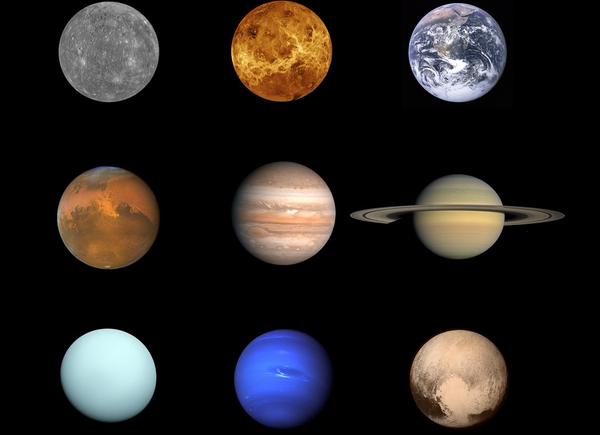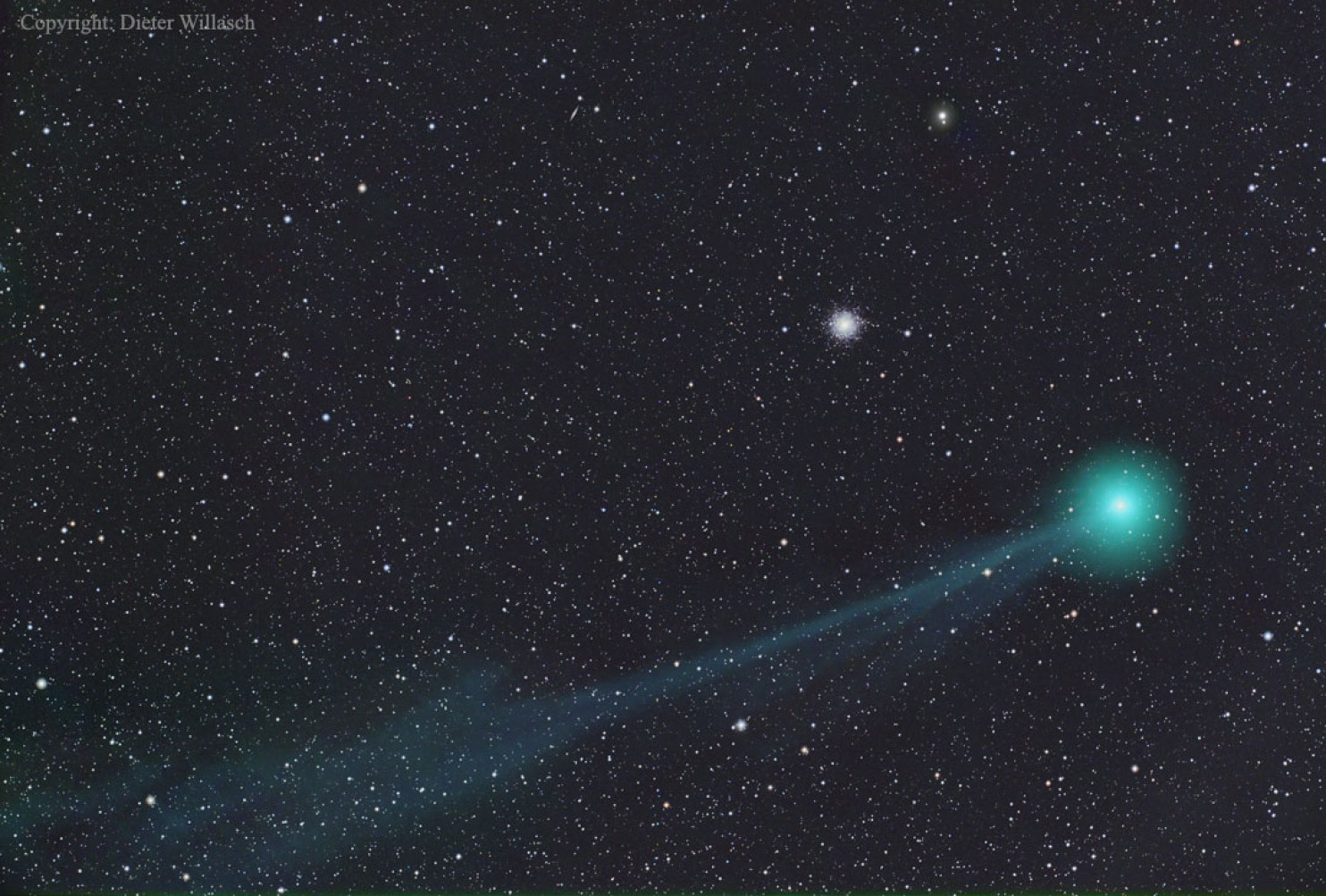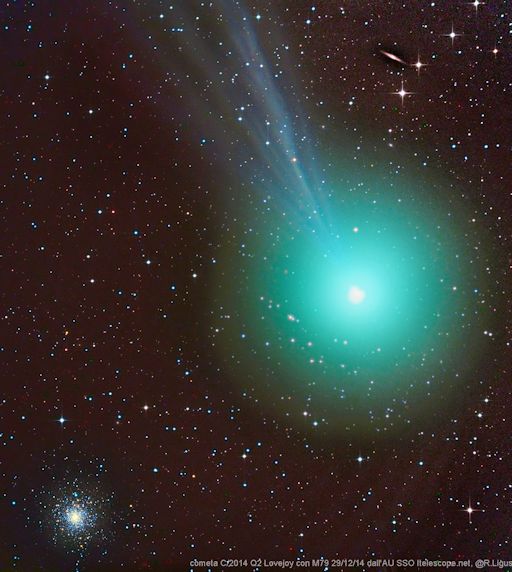9:30 AM | Perseid meteor shower peaks late Wednesday night and it could be a great show this year
Paul Dorian
[Image of Perseid meteor over China from 2013]
Discussion
The Perseid meteor shower that arrives this time every year should be particularly spectacular when it peaks overnight Wednesday as the moon will be in its darkest or “new” phase. Up to 100 shooting stars per hour will streak across the sky during the peak and - given the lack of interference by moonlight – this could result in a stellar show as long as sky conditions are favorable (and they should be).
The Perseid meteor shower occurs every year from mid-July to mid-August as the Earth passes through a cloud of dust that comes from Comet Swift-Tuttle as it approaches the sun. Earth's gravity pulls in some of the chunks of debris — small rocks comprised of iron-nickel, stone, other minerals or a combination of these — which turn into bright balls of hot gas when entering Earth's atmosphere. Typically, the meteors are only the size of pebbles, some as small as a grain of sand. As darkness falls, the meteors appear to come from the constellation Perseus, hence the name; although late in the evening, the meteors originate higher in the sky than the constellation.
Perseid meteoroids hit our atmosphere at ~132,000 mph to produce the annual light show and this particular meteor shower is usually rich in “fireballs” because of the size of the parent comet. Comet Swift-Tuttle has a huge nucleus – about 26 kilometers in diameter whereas most other comets are much smaller with nuclei only a few kilometers across. As a result, Comet Swift-Tuttle produces a large number of meteoroids, many of which are large enough to produce fireballs. In fact, the Perseid meteor shower is considered the “fireball champion” of all of the annual meteor showers.
The best time to look during the peak is between the hours of 11pm (Wednesday night) and 5am (Thursday morning) far away from city lights.










 [Image of Comet Lovejoy; courtesy Washington Post's Capital Weather Gang]
[Image of Comet Lovejoy; courtesy Washington Post's Capital Weather Gang] [Finder chart for tonight, January 13th; map courtesy Andrew Ochadlick and heavens-above.com]
[Finder chart for tonight, January 13th; map courtesy Andrew Ochadlick and heavens-above.com] [Image of Comet Lovejoy on 12/29/14; courtesy "spaceweather.com"]
[Image of Comet Lovejoy on 12/29/14; courtesy "spaceweather.com"] PHOTO: Comet 67P/Churyumov-Gerasimenko is seen in a photo taken by the Rosetta spacecraft with the OSIRIS narrow-angle camera August 3, 2014.
PHOTO: Comet 67P/Churyumov-Gerasimenko is seen in a photo taken by the Rosetta spacecraft with the OSIRIS narrow-angle camera August 3, 2014.